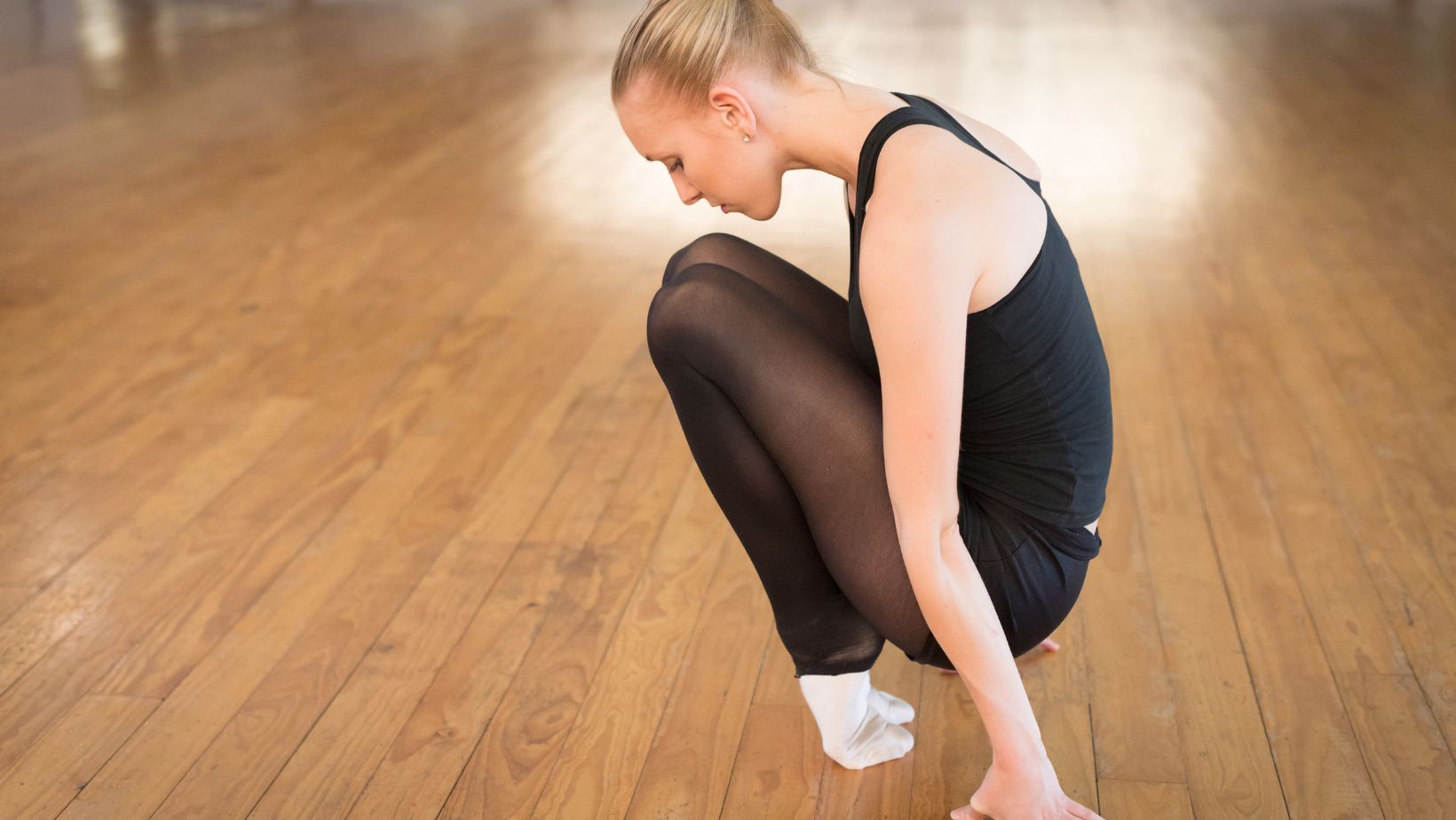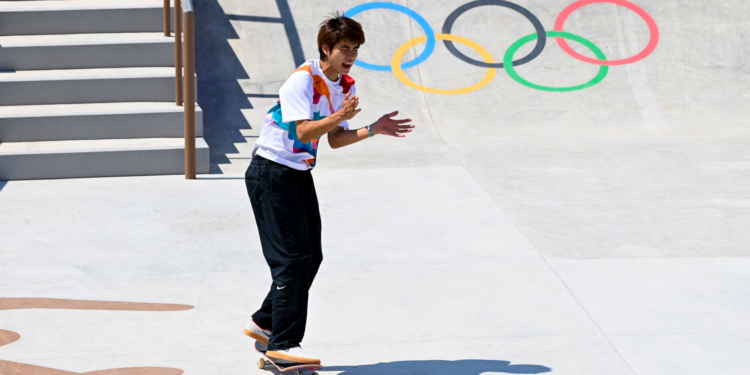The Olympic Games, a storied event with ancient roots, have evolved significantly over the centuries, mirroring the changing landscape of global sports interests. This evolution has seen the introduction of new sports to the Olympic program, each bringing its own unique flavor and fanbase. In this article, we explore emerging sports on the cusp of Olympic inclusion, promising to redefine the boundaries of athletic excellence and spectator engagement.
Skateboarding’s Olympic Debut and Beyond
Skateboarding, once viewed as the pastime of rebellious youth, made its Olympic debut at the Tokyo 2020 Games. This inclusion was a nod to the sport’s global popularity and cultural impact, particularly among younger audiences. The introduction of skateboarding showcased thrilling performances that blended athleticism with creativity, capturing the imagination of a worldwide audience. Athletes like Nyjah Huston and Sky Brown became household names, embodying the sport’s blend of fearlessness and flair.
The Tokyo Games proved that skateboarding could bring a fresh, dynamic element to the Olympics, attracting new sponsors and a younger demographic of viewers. Its success has opened doors for other urban sports, highlighting the importance of evolving the Olympic program to reflect contemporary interests. As skateboarding gears up for its next Olympic appearance, the sport continues to push the boundaries of what is possible on four wheels, promising even more breathtaking moments and broader audience appeal.
Surfing Rides the Olympic Wave
Surfing’s Olympic debut in Tokyo, with its competition held at Tsurigasaki Beach, marked a significant milestone for this ancient sport, which has roots in Polynesian culture. The inclusion of surfing recognized its widespread popularity and the skill of athletes who master the unpredictability of the ocean. It offered a unique spectacle, combining the majesty of nature with human athleticism in a way few sports can.

The success of surfing at the Olympics has not only promoted the sport on a global stage but also spotlighted environmental issues, such as ocean conservation. The sport’s governing bodies have leveraged this attention to advocate for cleaner oceans and beaches, underscoring the environmental connection intrinsic to surfing’s ethos. Looking forward, the sport is set to feature in future Games, with enhancements in broadcasting and technology promising to bring the beauty and excitement of surfing to an even wider audience.
Climbing Ascends to Olympic Heights
Sport climbing’s inclusion in the Olympic Games marked a significant achievement for the climbing community. This sport, which tests athletes’ strength, endurance, and problem-solving skills, was featured for the first time at the Tokyo 2020 Olympics. The competition format combined three disciplines: speed climbing, bouldering, and lead climbing, challenging climbers to showcase their versatility and athleticism.
The Olympic spotlight has accelerated the sport’s growth, with climbing gyms popping up in cities around the world and a surge in participation at the grassroots level. The sport’s governing bodies are working to refine the competition format to enhance viewer experience and athlete fairness, ensuring that climbing’s Olympic future is as dynamic and inclusive as the sport itself. With its unique blend of physical challenge and strategic thinking, sport climbing is poised to become a staple of the Olympic program.
Breaking: Dancing Toward Olympic Inclusion
Breakdancing, or breaking, is set to make its Olympic debut at the Paris 2024 Games, a move that acknowledges the global cultural phenomenon and athletic prowess embodied in dance battles. By the way, you can place bets on the 2024 Olympic Games at the Melbet bookmaker. Originating from the streets of New York City in the 1970s, breaking has evolved into a sophisticated form of expression that combines rhythm, athleticism, and creativity. Its inclusion in the Olympics is a testament to the sport’s universal appeal and the growing recognition of dance as a competitive discipline.

The Olympic format will showcase the best breakers from around the world, competing in battles judged on artistry, technique, and musicality. This inclusion not only celebrates the sport’s rich cultural heritage but also introduces a new dimension to the Olympic spectacle, highlighting the athleticism and creativity of dancers. As breaking prepares for its Olympic moment, it stands as a bridge between traditional sports and artistic expression, promising to captivate audiences and inspire future generations of athletes and artists alike.







